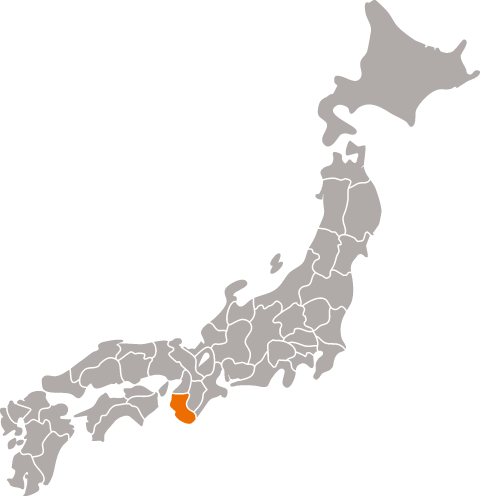Heiwa “KID” Natsu no Shippu
Wakayama prefecture
Summer wind to sweep you away
“Natsu no Shippu” means summer’s strong wind, and this is a juicy, summertime offering you shouldn’t miss. Chill it well, and take in the expressive aroma after you pour; it employs four rather modern yeasts to showcase the brewer’s skill. Heiwa Brewing Company is known for their very soft water, and sake is 80% water, so your body might just appreciate the clean hydration while you enjoy every sip.
Characteristics
| Brand | Heiwa |
| Brewery | Heiwa Brewing Company |
| Category | Junmai Ginjo |
| Subcategory | N/A |
| Taste Profile | Rich & Dry |
| Rice variety | Gohyakumangoku |
| Yeast variety | Association No. 1801, Association No. 901, Association No. 14, Association No. 10 |
| Alcohol | 15.00% |
| RPR | 50% |
| SMV | 4 |
| Acidity | 1.8 |
Serving Temperature

-
 Recommended
Recommended
-
 Not Recommended
Not Recommended
Region

Heiwa is made in Wakayama prefecture in the Kinki region.
Taste Metrics
Tasting Notes
-
Apple

Recommended Pairing
-
Veggies

-
Seafood


Heiwa Brewing Company
A sake-loving gentleman married into the Yamamoto family and established the brewery in 1928, on what was originally temple grounds. After the hiatus during World War II, the company was renamed Heiwa, meaning peace and harmony. When the current fourth-generation owner, Norimasa Yamamoto, came back...
Learn moreCustomer reviews
Tippsy Sake Club
Our sommelier will recommend sake according to your taste when you join Tippsy Sake Club. Also enjoy:
- Members-only prices
- Discounted shipping
- An exclusive sake cup with your first club order
- and more!
All about sake
-
 Introduction
Introduction
Welcome To Your Sake Journey!
-
 Lesson 1
Lesson 1
What Is Sake?
-
 Lesson 2
Lesson 2
What Is Sake Made of and How Is It Made?
-
 Lesson 3
Lesson 3
What Is Rice Polishing Ratio?
-
 Lesson 4
Lesson 4
Types of Sake
-
 Lesson 5
Lesson 5
How To Store Sake
-
 Lesson 6
Lesson 6
How To Drink and Serve Sake
-
 Lesson 7
Lesson 7
Food Pairing Guide
-
 Lesson 8
Lesson 8
Best Sake Bottles and Brands for Beginners





